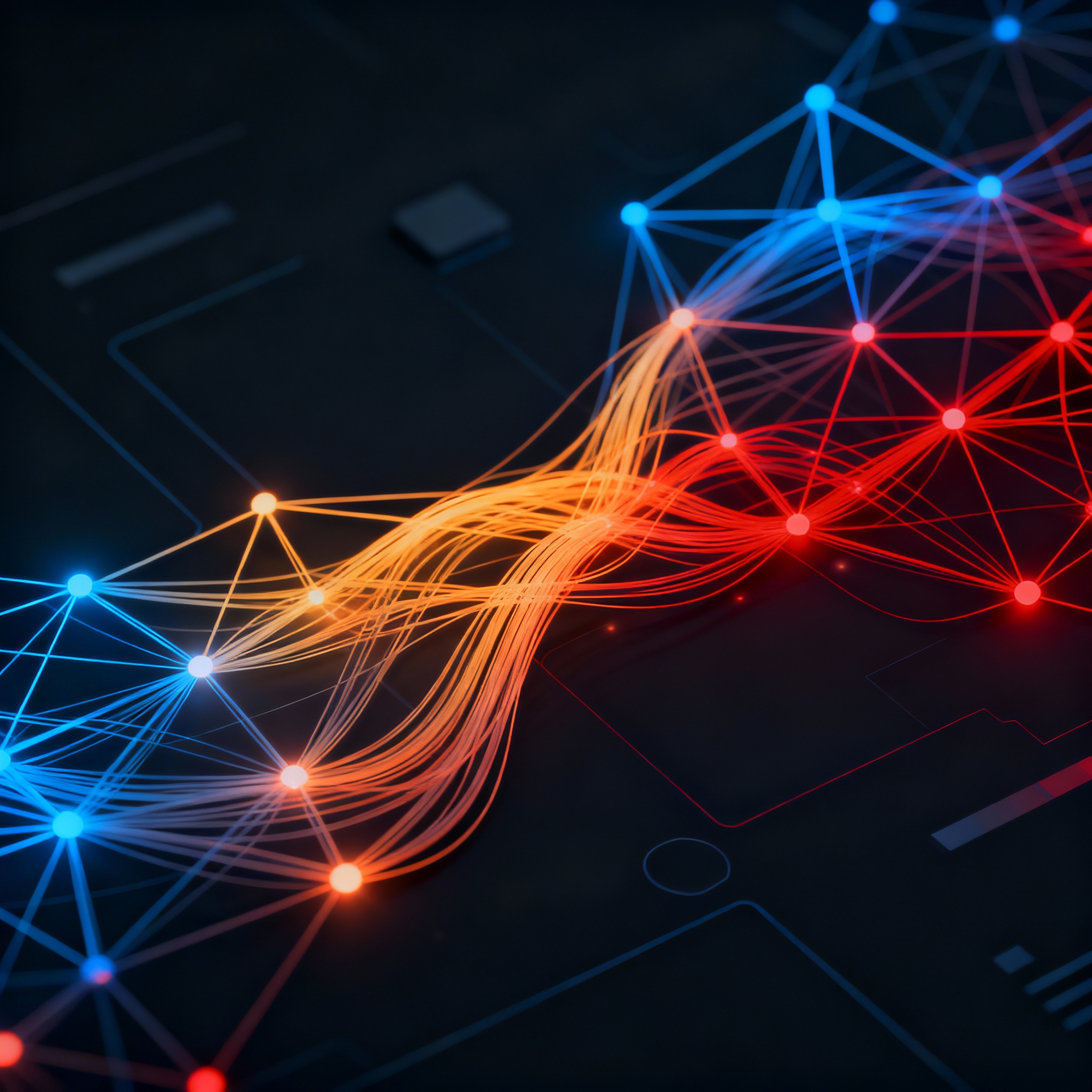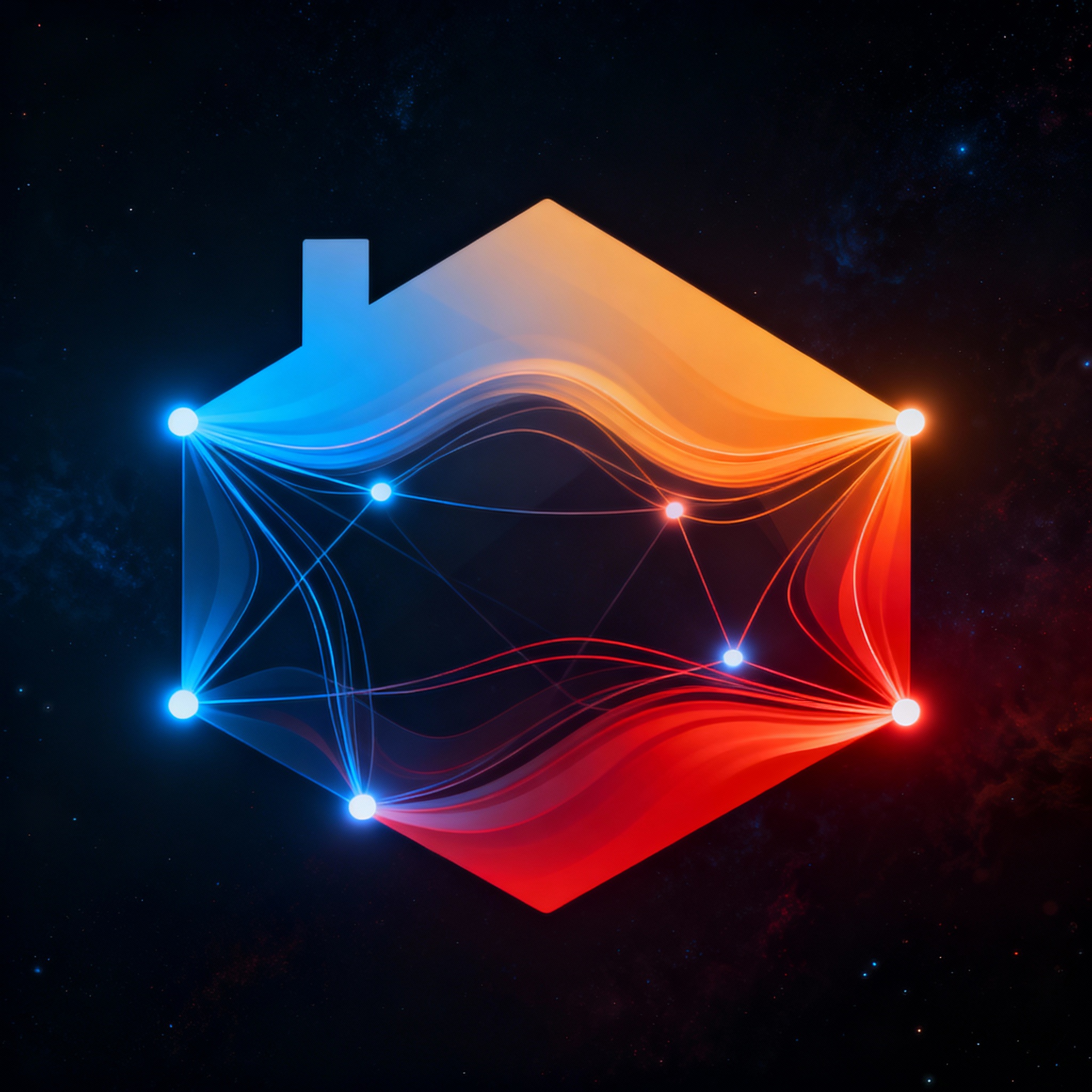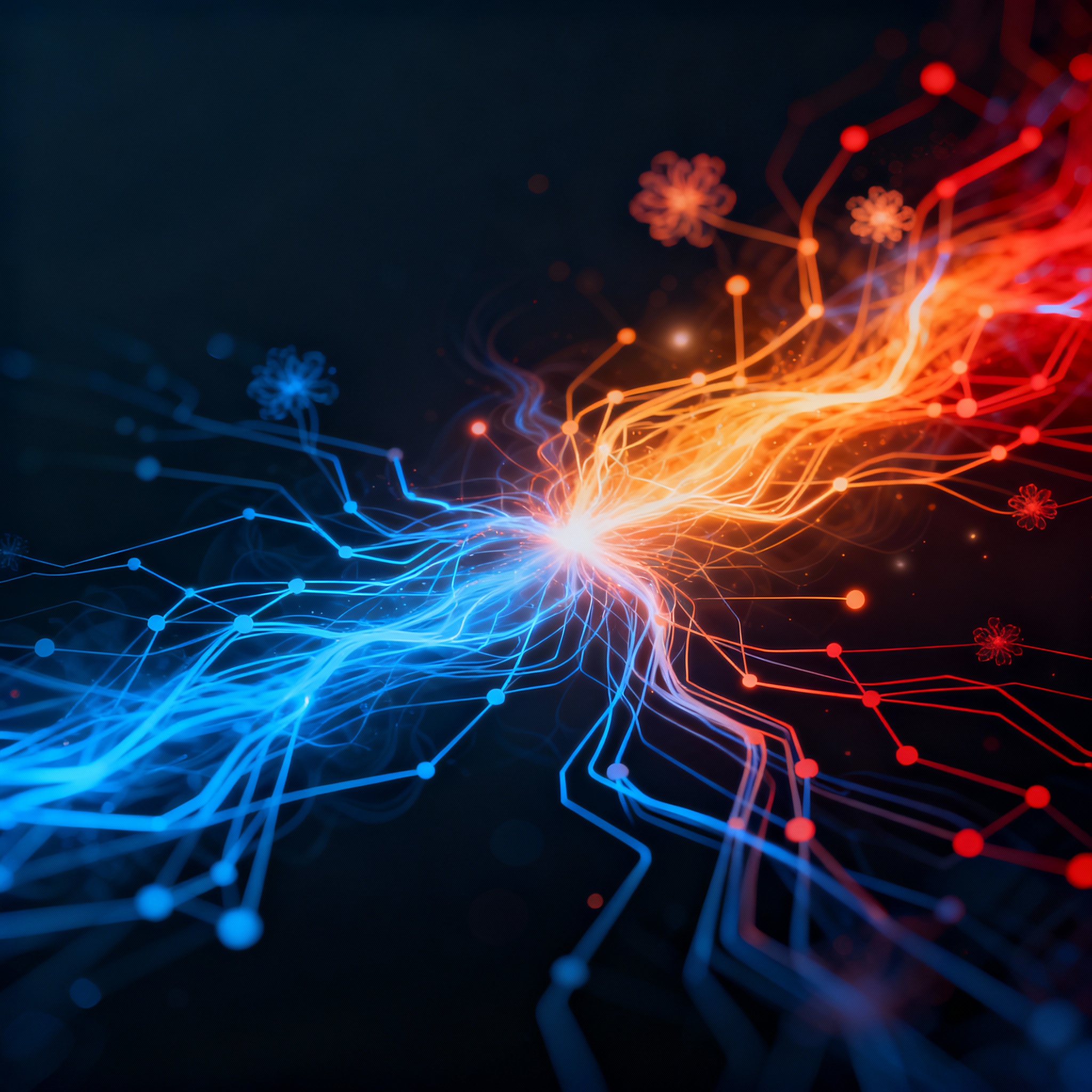
The RAG Playbook: Elevating Sports Analytics and Performance Data Analysis
The RAG Playbook: Elevating Sports Analytics and Performance Data Analysis
In the competitive arena of modern sports, where every fraction of a second or inch can determine victory, analytics has become the ultimate game-changer. Teams and athletes are drowning in data—from biometric sensors tracking heart rates to video feeds analyzing movements—but turning this deluge into actionable insights is the real challenge. Enter Retrieval-Augmented Generation (RAG), a cutting-edge AI technique that's reshaping how we handle sports analytics and performance data. By blending large language models (LLMs) with precise information retrieval, RAG doesn't just process data; it contextualizes it, providing tailored, evidence-based recommendations that can elevate training, strategy, and overall performance.
As a technical blog writer for ChatRAG—a Next.js boilerplate designed for building scalable chatbot-agent SaaS businesses—I'm excited to dive into how RAG can be leveraged in sports. Whether you're a developer looking to create AI-driven sports apps or a coach seeking data edges, this post will unpack RAG's potential with practical examples and insights. We'll explore its architecture, real-world applications, and how it fits into the broader ecosystem of sports tech.
Understanding RAG: The Basics and Why It Matters for Sports
At its core, RAG enhances LLMs by pulling in external knowledge during the generation process. Traditional LLMs rely on pre-trained data, which can quickly become outdated in dynamic fields like sports, where player stats, injury reports, and game rules evolve constantly. RAG addresses this by retrieving relevant documents or data snippets from a knowledge base and incorporating them into the model's responses.
Imagine a basketball coach querying an AI system: "What's the optimal defensive strategy against a team with high three-point accuracy?" Without RAG, the response might be generic. With RAG, the system retrieves the latest stats from databases like NBA.com or internal team logs, then generates a customized plan. This retrieval step ensures accuracy and relevance, reducing hallucinations—those pesky AI errors where models invent facts.
For sports analytics, this is invaluable. Performance data often spans multimodal sources: numerical stats, video clips, physiological metrics, and even textual reports. According to a comprehensive survey on RAG architectures, enhancements like hybrid retrieval methods can improve robustness in handling such diverse data, making RAG ideal for sports where decisions hinge on integrated insights.
RAG in Action: Analyzing Player Performance and Injury Prevention
One of the most promising applications of RAG is in player performance optimization. Coaches and trainers can use RAG-powered systems to query vast datasets for personalized insights. For instance, in soccer, where spatio-temporal data tracks player positions and movements, RAG can retrieve historical patterns and generate predictive analyses.
Take the example of a soccer analyst using RAG to evaluate a midfielder's endurance. The system might pull data from wearable devices, match videos, and medical records, then augment an LLM to suggest training adjustments. Research on OpenSTARLab for spatio-temporal agent data in soccer highlights how open approaches to data analysis can uncover hidden patterns, such as optimal positioning to reduce fatigue risks.
Injury prevention is another key area. By retrieving real-time biometric data and cross-referencing it with medical literature, RAG can flag potential issues before they escalate. A runner preparing for the Olympics, for example, could benefit from a RAG system that analyzes stride data against benchmarks from elite athletes. A benchmark study on multimodal LLMs in sports reasoning demonstrates how these models excel in interpreting complex, multimodal inputs like video and sensor data, leading to more accurate performance forecasts.
Developers building SaaS platforms with ChatRAG can integrate such RAG functionalities into chatbots that serve as virtual coaches. These agents could converse with users, retrieving data on-demand to provide insights like "Based on your recent sprint times, incorporate more plyometric exercises to boost explosive power."
Strategic Game Planning with RAG-Enhanced Analytics
Beyond individual performance, RAG shines in team strategy and game planning. In sports like American football or cricket, where tactics evolve mid-game, real-time data retrieval can inform split-second decisions.
Consider a scenario in tennis: A player faces an opponent with a dominant serve. A RAG system could retrieve stats from past matches, weather conditions affecting ball spin, and even biomechanical analyses, then generate a counter-strategy. This isn't hypothetical; emerging digital technologies in the sport industry emphasize how AI tools like RAG are game-changers, enabling predictive modeling that traditional analytics can't match.
For team sports, graph-based RAG variants add another layer. GraphRAG, which incorporates graph structures into retrieval, can model relationships between players, such as passing networks in soccer. This allows for queries like "How does our formation counter the opponent's pressing style?" with responses grounded in relational data.
Actionable insight: To implement this, start by building a knowledge graph of your team's data using tools like Neo4j. Integrate it with an LLM via RAG pipelines—ChatRAG's boilerplate makes this straightforward for SaaS apps, handling the frontend and backend seamlessly.
Overcoming Challenges: Robustness and Integration in Sports RAG Systems
While RAG offers immense potential, it's not without hurdles. Sports data is noisy—think GPS inaccuracies or subjective scouting reports—and ensuring retrieval accuracy is crucial. A survey of RAG-reasoning systems in LLMs points out that cooperative retriever architectures can mitigate this by combining multiple retrieval methods, such as semantic search and keyword matching.
Privacy and ethics also come into play. Performance data often includes sensitive health information, so RAG systems must prioritize secure data handling. Developers should use encrypted databases and comply with regulations like GDPR.
Practical tip: When prototyping a RAG system for sports, begin with a small dataset. Use libraries like LangChain for retrieval and integrate with vector databases like Pinecone. Test with queries like "Analyze this player's shot accuracy trends," refining based on feedback loops.
In soccer analytics, a proposal for integrating LLMs suggests frameworks that revolutionize scouting by automating report generation, saving hours of manual work.
Future Horizons: RAG's Role in Evolving Sports Tech
Looking ahead, RAG could integrate with emerging tech like AR glasses for real-time coaching or blockchain for verifiable data sharing. Imagine a RAG chatbot that retrieves fan sentiment from social media to gauge team morale, blending quantitative and qualitative data.
For SaaS entrepreneurs, platforms like ChatRAG provide the foundation to build these innovations quickly. With its Next.js setup, you can deploy RAG-enabled agents that scale to handle thousands of sports queries, from amateur leagues to pro circuits.
Key Takeaways and Final Thoughts
To wrap up, RAG is poised to redefine sports analytics by making performance data more accessible and insightful. Here are the core takeaways:
- Precision Retrieval: RAG ensures AI responses are grounded in the latest data, crucial for dynamic sports environments.
- Multimodal Integration: Handle diverse data types, from videos to biometrics, for comprehensive analysis.
- Practical Applications: Use in injury prevention, strategy planning, and personalized training.
- Implementation Tips: Start small, focus on robust architectures, and leverage tools like ChatRAG for efficient development.
- Future-Proofing: Stay ahead by exploring graph-based and cooperative RAG variants for complex scenarios.
By adopting RAG, sports professionals can move from reactive data crunching to proactive, AI-driven mastery. Whether you're coding the next big sports app or fine-tuning an athlete's regimen, RAG offers the tools to stay ahead of the curve.
Ready to build your AI chatbot SaaS?
ChatRAG provides the complete Next.js boilerplate to launch your chatbot-agent business in hours, not months.
Get ChatRAGRelated Articles

How RAG Elevates Property Matching in Modern Real Estate Searches
In the fast-paced world of real estate, finding the perfect property match can be a challenge. Retrieval-Augmented Generation (RAG) is stepping in to streamline searches by combining AI with targeted data retrieval. This blog explores how RAG improves accuracy, personalization, and efficiency in property matching.

Navigating Complex Innovations: How RAG Elevates Patent Search and Prior Art Analysis
In the fast-paced world of intellectual property, finding relevant prior art can be a daunting task. Retrieval-Augmented Generation (RAG) combines AI retrieval with generation to streamline patent searches, uncovering hidden connections and insights. This blog delves into practical applications and strategies for leveraging RAG in patent workflows.

Mastering Internal Knowledge: How RAG Powers Enterprise Documentation Search
In today's data-driven enterprises, sifting through vast internal documentation can be a major bottleneck. Retrieval-Augmented Generation (RAG) emerges as a game-changer, combining AI retrieval with generation to deliver accurate, relevant responses. This guide dives into implementing RAG for efficient knowledge management.